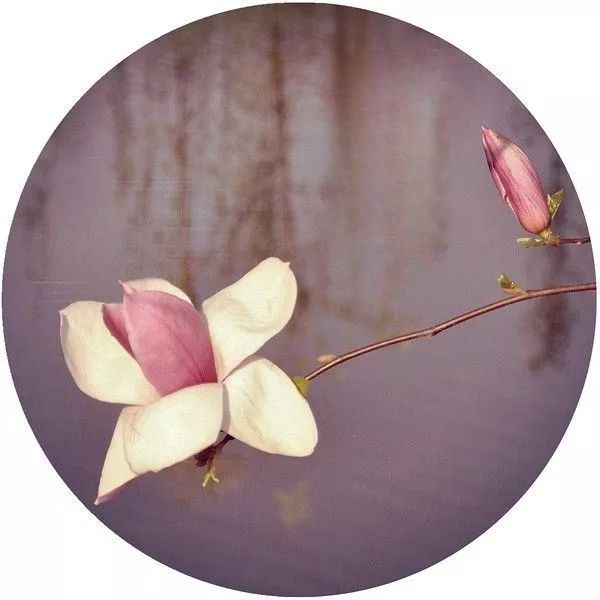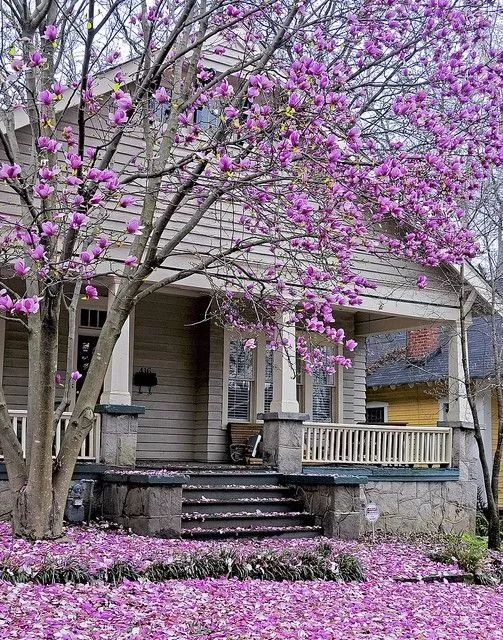Knowledge | Ancient relict plant community Magnoliaceae
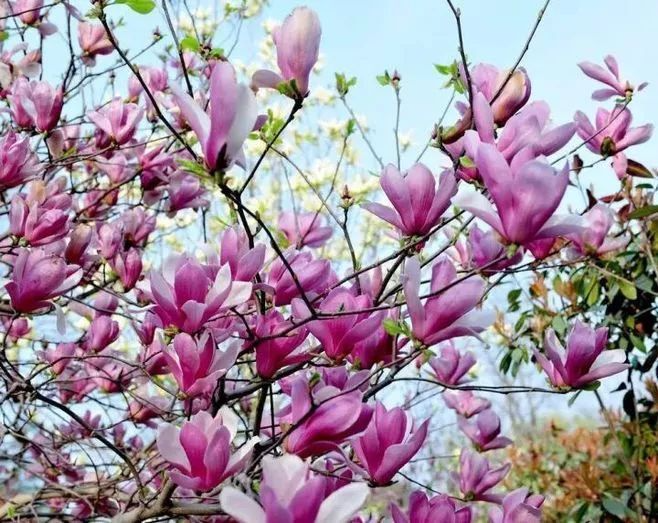
As the representative of evergreen broad-leaved forests, Magnoliaceae plants originated 140 million years ago and are a group of ancient relict plants. Currently, there are more than 300 species of Magnoliaceae plants in 16 genera and more than 176 species in 11 genera around the world. It is truly the magnolia kingdom. Magnoliaceae has extremely high ornamental value, economic value and ecological value . It is also one of the families with the highest proportion of endangered plants. It is a living fossil among trees and is known as the "giant panda of the plant world."
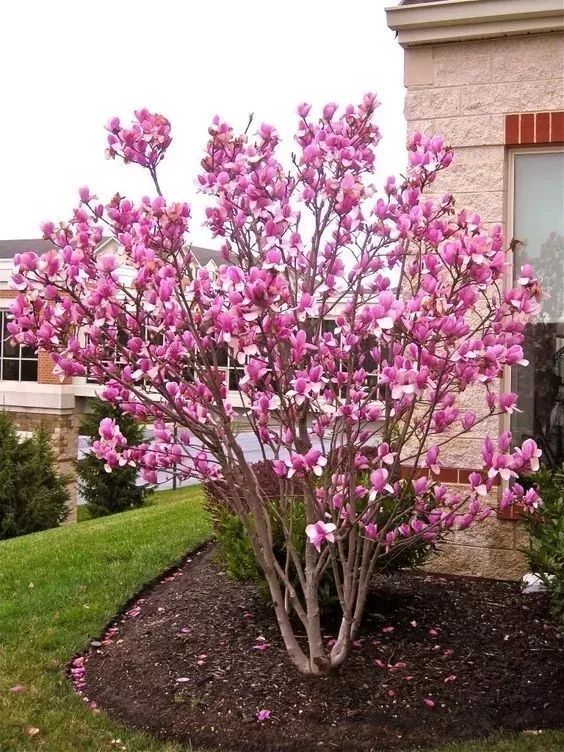
Qu Yuan 's poem "Li Sao" says: "In the morning I drink the dew of magnolia, and in the evening I eat the fallen petals of autumn chrysanthemum ." Magnoliaceae plants have a tall appearance like shrubs or trees. In early spring, they produce bright white, pink , red, purple or occasionally yellow flowers on the tops of branches or axils of leaves before or with the leaves. The flowers look very much like lotus flowers. When in full bloom , the petals spread out in all directions, making them an ideal flower shape for beautifying courtyards and temples . They are widely distributed in the northern temperate zone, and a few species are distributed in the southern hemisphere. Among them, the magnolia in the Magnoliaceae family is one of the top ten famous flowers. It is often used as a classic plant configuration in classical gardens with the artistic conception of the plant cultural connotation of Yutang Fugui (magnolia, crabapple, peony, osmanthus).
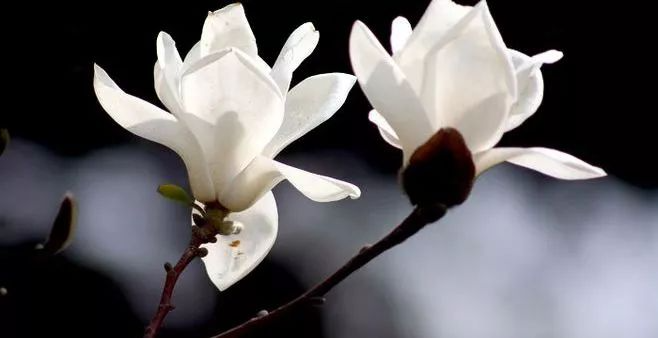
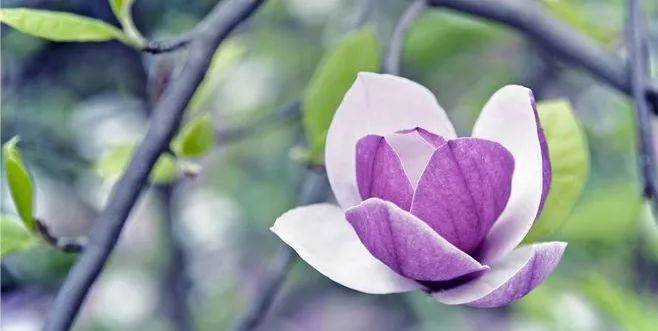
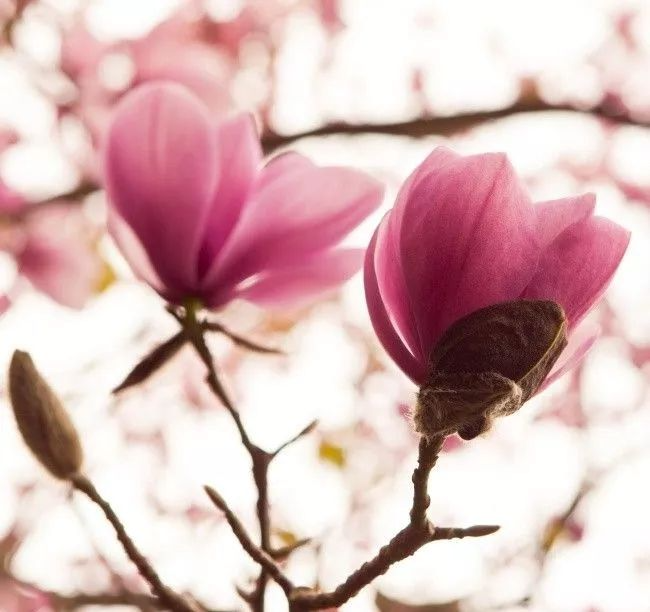
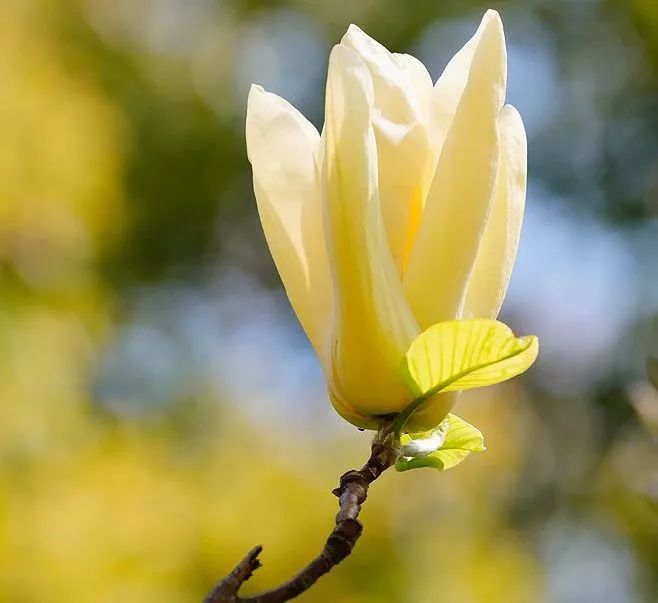
Wilson, a famous American botanist, once wrote in his treatise: " No other type of tree or shrub is more famous and appreciated in the garden and horticulture world than the magnolia family, and no other type of tree or shrub can bloom larger and more colorful flowers than the magnolia family . " The magnolia family has bright colors, pleasant fragrance, graceful tree posture, wide adaptability , and strong pollution resistance. It is a type of garden and garden greening tree species with high ornamental value. The magnolia family and its elegant demeanor are used in garden and courtyard greening, accumulating rich cultural heritage. Most magnolia family plants are precious tree species protected by the state, and many species have high garden greening application value.
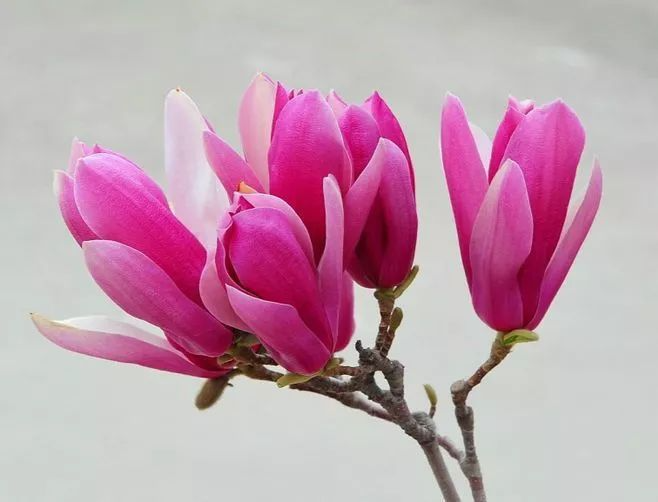
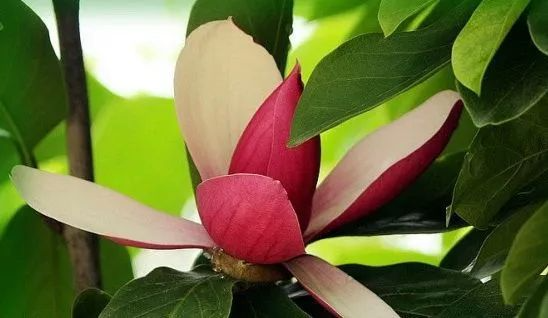
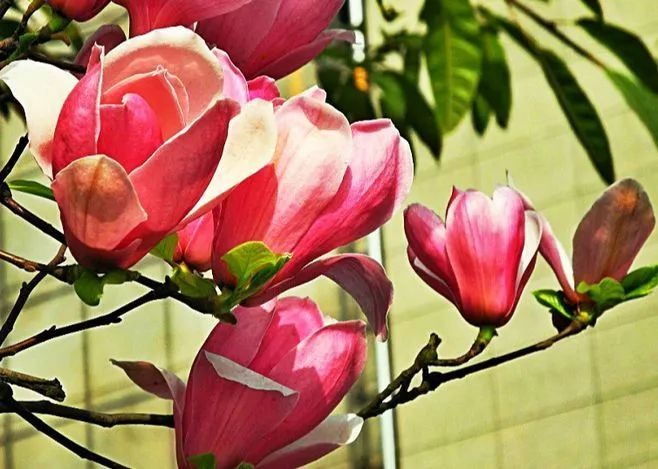
In ancient times, the earliest species of Magnoliaceae should be the current Magnolia grandiflora and Magnolia wangchunensis , Magnolia wudangensis and Magnolia tianmuensis, which are very similar to Magnolia grandiflora in flowering period and shape. These plants are called Magnolia grandiflora, Magnolia grandiflora, Yingchun tree, Wangchun, Yushu, Magnolia grandiflora, Magnolia pen , Guilan, Linlan and so on in different places .
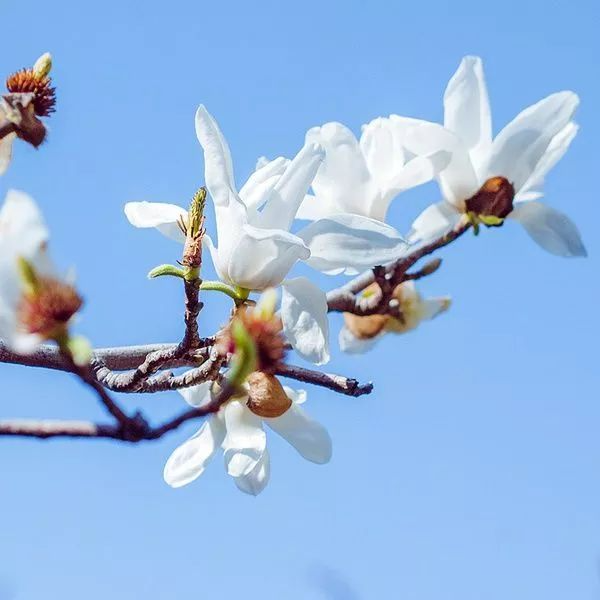
▲Magnolia grandiflora
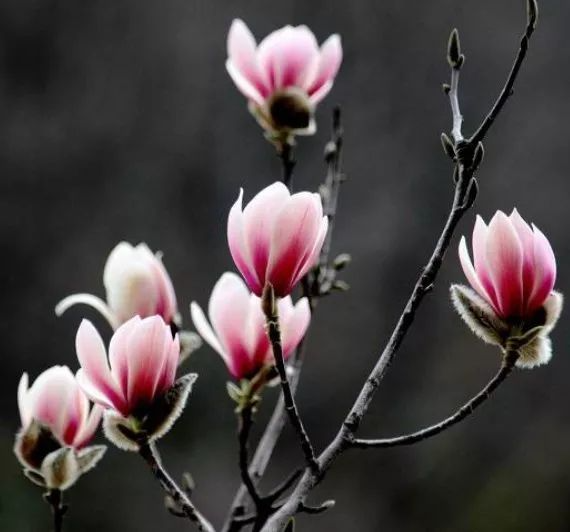
▲Wudang Mulan
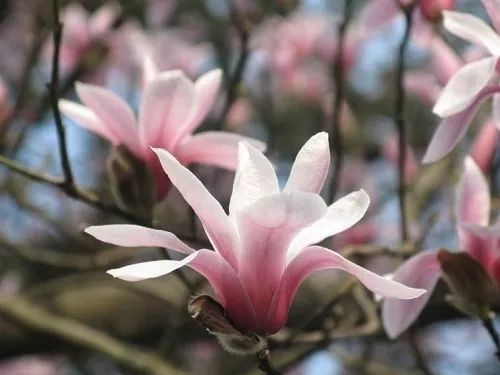
▲Tianmu Magnolia
Magnoliaceae plants have extremely high scientific research value and development and utilization value. They also have multiple economic benefits such as fragrance, medicine, and timber, as well as ecological benefits such as greening, beautification, and environmental optimization. In particular, because of their bright colors, pleasant fragrance, graceful and diverse tree postures, and unique leaves and aggregate fruits, they are a type of garden greening tree species with high ornamental value. They have broad development prospects and ecological benefits.
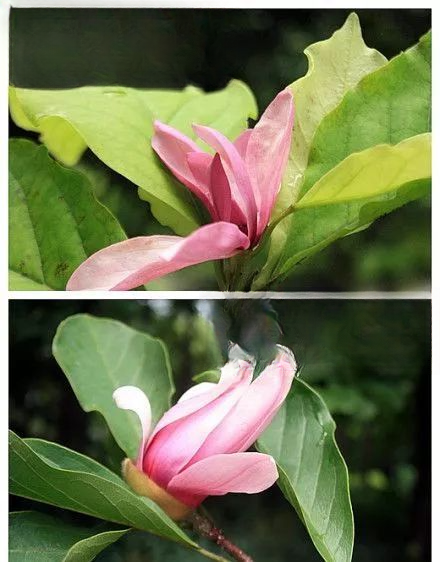
▼Liriodendron tulipifera
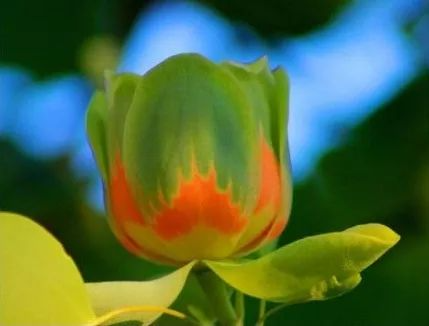
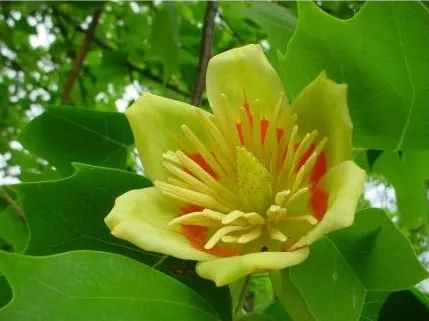
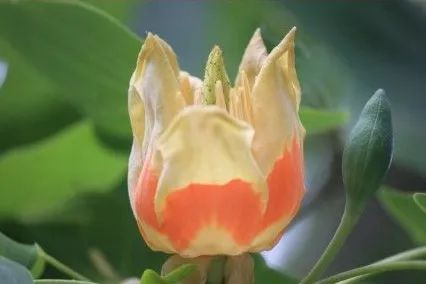
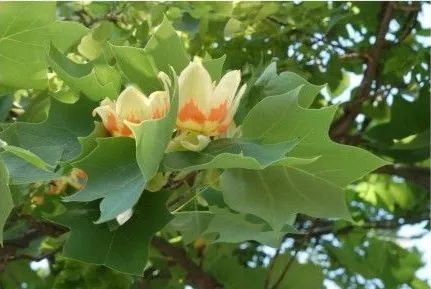
The extensive use of Magnoliaceae plants in garden landscape configuration has a positive effect on maintaining ecological balance and improving environmental quality. There are five basic forms of Magnoliaceae plants in garden configuration.
Solitary Plant
In order to highlight the individual beauty in the garden, when they are planted alone in the appropriate position for viewing, it is called solitary planting. They often appear in the center of the green space composition as the main view; or they are arranged with the garden architecture as the background and side view; sometimes potted plants are planted alone at the corners as the transitional view from one space to another in the garden. For example, Michelia intoxica and Liriodendron can be planted alone as shade trees in the garden or in the flowerbed .
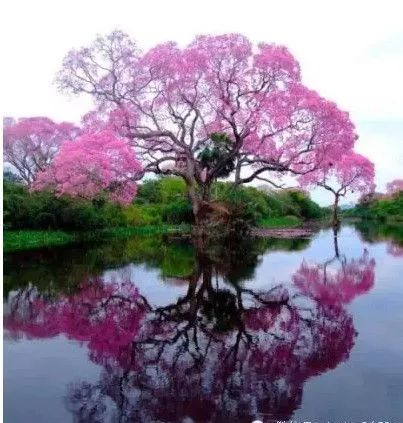
Planting
In gardens, two trees or two clumps of trees that are symmetrical or balanced along a certain axis are called pair planting. Pair planting is mainly used in parks, in front of buildings , at the entrances and exits of roads and squares. Similar tree species such as Michelia emblica and Magnolia dactylifera have upright trunks, luxuriant leaves, and fragrant flowers. Similar tree species such as Liriodendron chinense and Liriodendron hybridum have majestic tree shapes, smooth trunks, and large and peculiar leaves. They are often used as pair planting in gardens for both ornamental and shading effects, with good results.
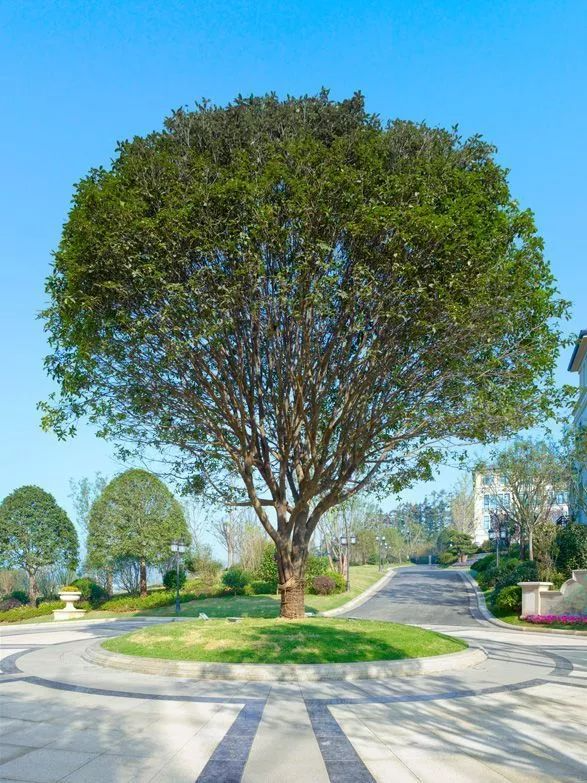
Cluster Planting
In the garden, planting about 20 trees and shrubs together is called cluster planting. For example, Magnolia grandiflora is clustered in the green space of the courtyard, and flowering shrubs are matched with it to avoid a single plant configuration, and set off the Magnolia grandiflora to form a background; Purple Magnolia, White Magnolia and Magnolia grandiflora are widely used in the greening of parks and scenic spots, forming a scene of colorful flowers blooming in early spring, forming a colorful garden viewing space, creating different landscape effects.
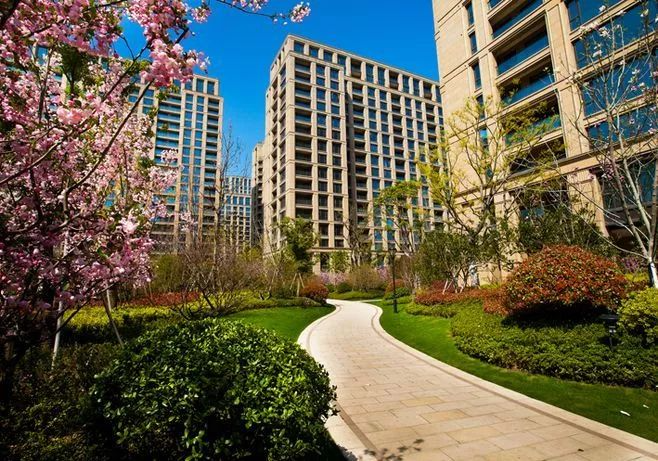
Group Planting
Using a large number of trees and shrubs, together with ground cover, to form a whole is called group planting. For example, Magnolia grandiflora, Magnolia dasyphylla, Magnolia purpurea and other Magnolia species are planted in groups in the courtyard, and combined with other ground covers to create a multi-level three-dimensional plant space and increase the stability of the plant community. In the plant configuration, the ecological function of Magnolia plants is fully utilized to create a beautiful, comfortable, and healthy green environment.
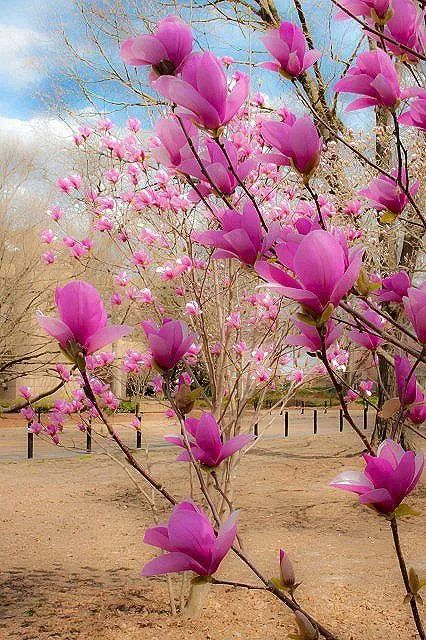
Row Plant
In gardens, trees are planted in rows along certain straight lines or curves, which is called row planting. Among the Magnoliaceae plants, Liriodendron tulipifera is a deciduous tree with beautiful tree shape, peculiar leaf shape, good shade, strong adaptability, large area coefficient, wide adsorption range, and can absorb various pollutant particles harmful to the human body, especially toxic gases such as sulfur dioxide, hydrogen chloride and hydrogen fluoride. It has strong resistance. It can be planted in rows beside the wall as a green wall to separate the space, and it is more common to use lotus magnolia row vegetation as street trees.
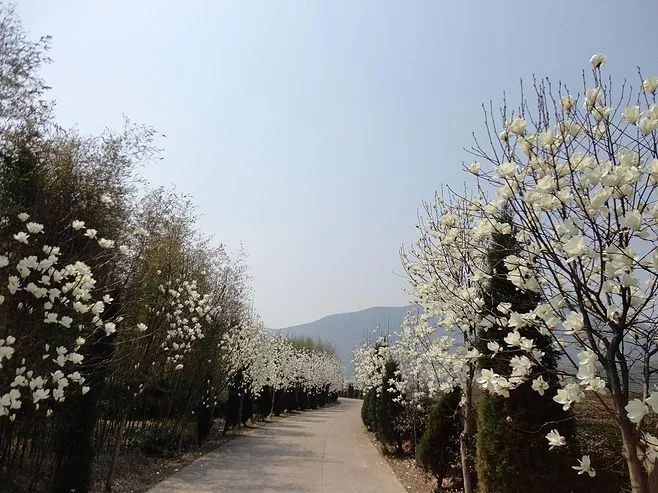
Magnoliaceae plants have bright colors, pleasant fragrance, graceful and diverse tree postures, and unique leaves and aggregate fruits. They are a type of garden and garden greening tree species with high ornamental value. As early as the Tang Dynasty, magnolias in the Magnoliaceae family were artificially cultivated in gardens or courtyards and regarded as precious ornamental flowers and trees. To the east of the Le Shou Hall, Qingxuan and Paiyun Hall and to the north of the Long Corridor in the Qingyi Garden (the predecessor of the Summer Palace), there are large areas of magnolias and purple magnolias planted. When the flowers bloom, they are full of fragrance and are known as the "Sea of Jade Fragrance".
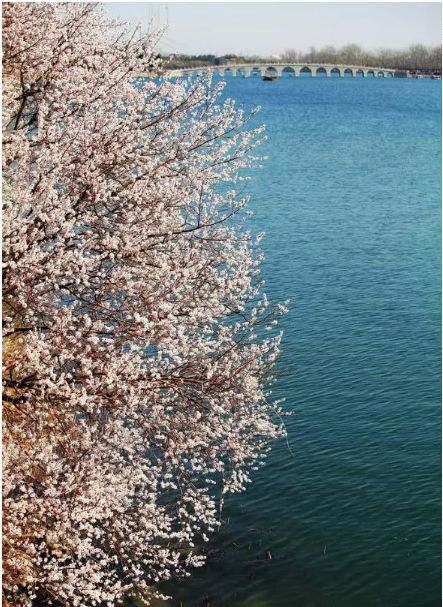
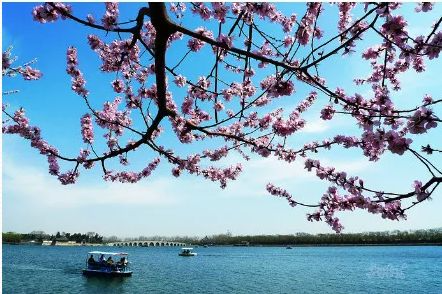
▲Magnolia flowers blooming in the Summer Palace
Before the Han Dynasty, there were records of Magnoliaceae plants, but there was no mention of " Yulan", they were just collectively called Magnolia. Magnolia was first recorded in relevant works during the Qin and Han Dynasties. It was listed as a Chinese medicine and was used as a tree species name, with the names of "Guilan", "Linlan", "Mulan" and "Dulan". Since the Tang Dynasty, there have been more records of magnolia, and at the same time, the names of magnolia (originally a magnolia plant used for its flower buds, the authentic magnolia in modern Chinese medicine is Magnolia wangchunensis), magnolia, wood pen, and winter jasmine began to be mentioned. Chen Cangqi of the Tang Dynasty recorded in "Compendium of Materia Medica" that "magnolia is a flower and tree. The buds are like small peaches. There are hairs, so it is called Houtao. The initial bloom is like a pen tip. Northerners call it wood pen. It blooms the earliest . Southerners call it winter jasmine."
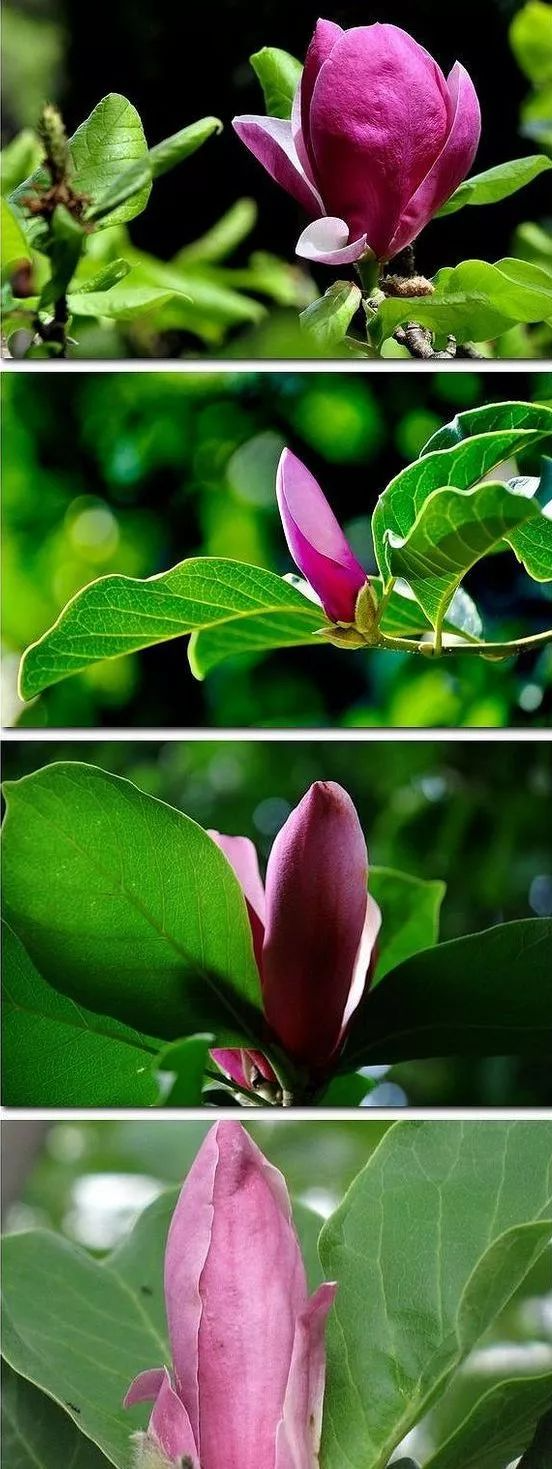
▲Magnolia
Li Xian said in "Da Ming Yitong Zhi" that "During the Five Dynasties, the Yanyu Tower was built in the South Lake. The magnolia flowers in front of the tower were crystal clear and beautiful, shaded by the pine and cypress trees, and standing out of the tower, it was also a wonder." This was the first time the word "magnolia" was used in literature .
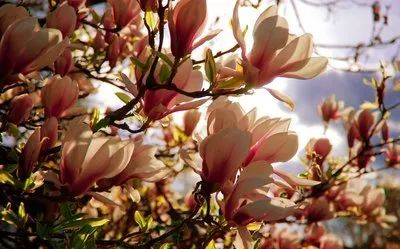
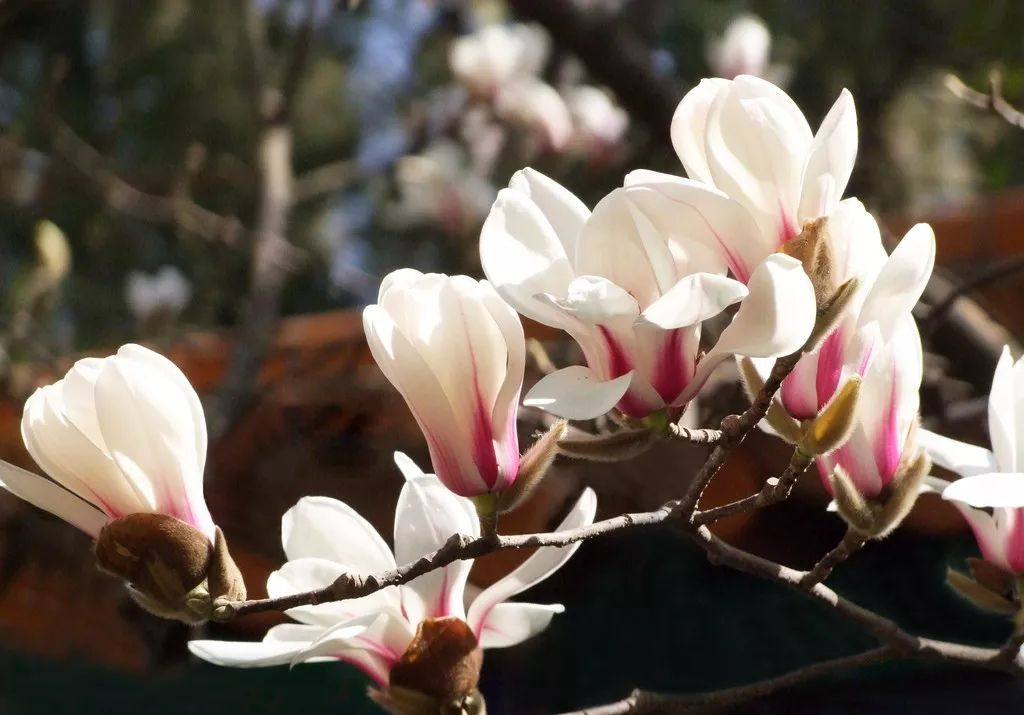
In the traditional sense of ancient times, magnolias were mostly white, that is, magnolias. They are loved by the world because of their pure white and holy flowers that stand proudly on the branches when they bloom in early spring. Magnolias bloom before leaves, that is, leaves grow after the flowers wither. When they bloom, the flowers on the top of the branches look white from a distance, which makes people feel admiration. Therefore, the flower language of magnolias is a noble soul, and Hanzhong's dry lotus is taken from its nobleness like a lotus in dry land. It can be basically inferred that the magnolias or magnolias mentioned in daily life are mostly deciduous plants with white flowers in the genus Magnolia of the Magnoliaceae family, that is, plants with white flowers in the subgenus Magnolia. In addition to white magnolias, there are also pink, red, purple and a small amount of yellow-green "magnolias", which are mostly called red magnolias, yellow magnolias, and purple magnolias in daily life.
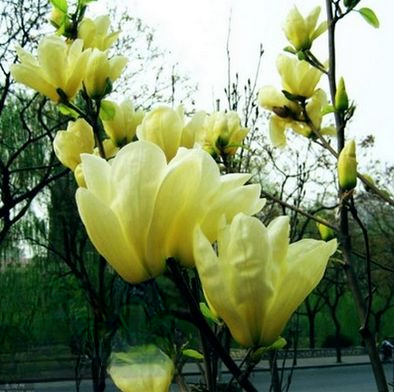
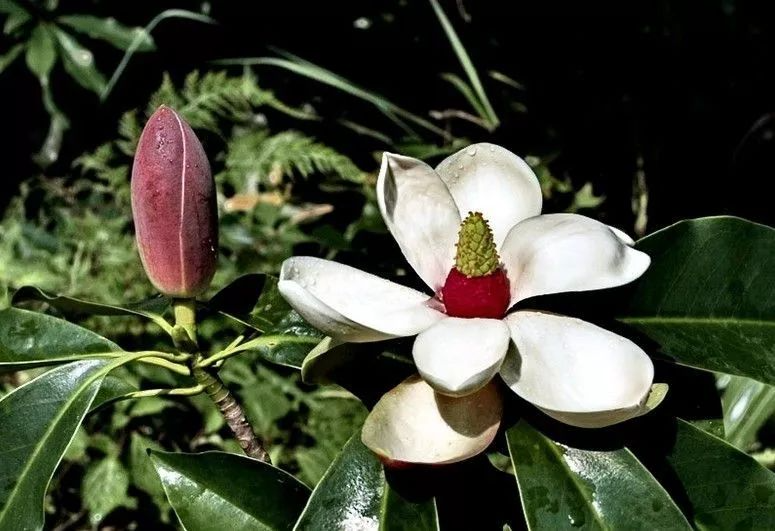
▲Padang Magnolia
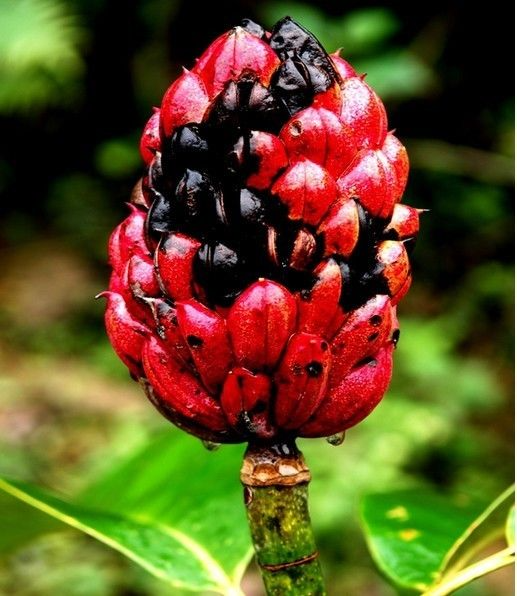
▲Manglietia macrocarpa
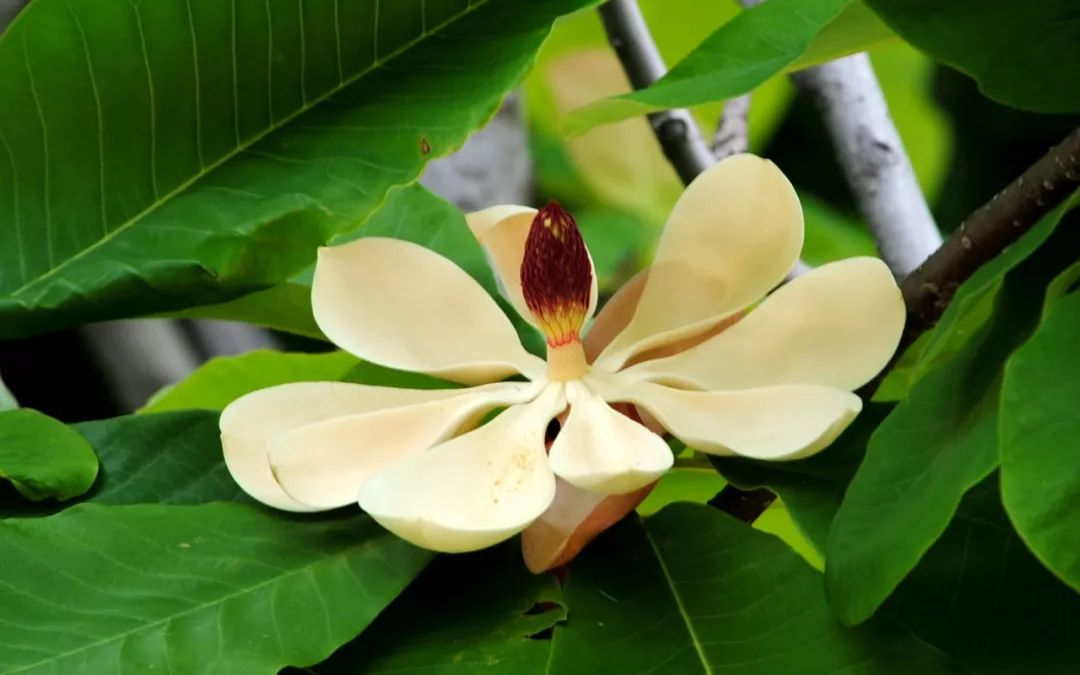
▲ Magnolia officinalis
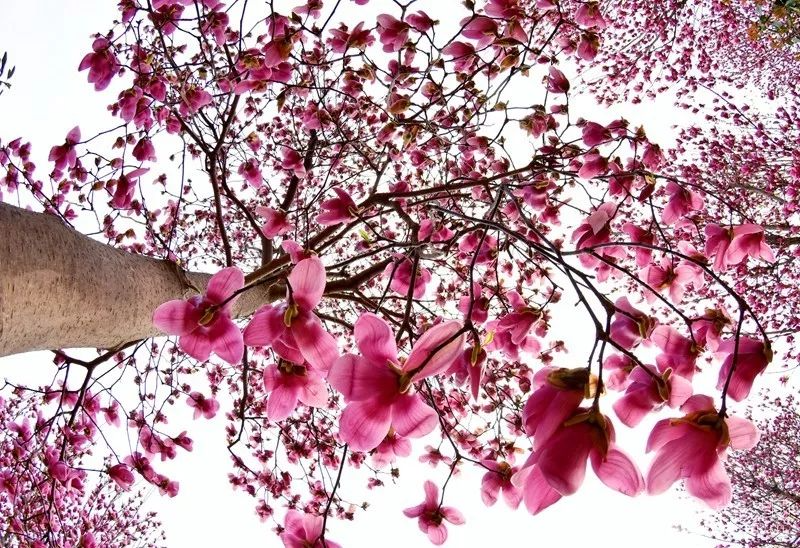
▲Magnolia grandiflora
In order to enhance the aesthetic characteristics and viewing effect of the magnolia plant landscape, adjust the display method of magnolia plants, create a rich terrain space, and combine it with the display of magnolia plants to form a natural, high-grade, high-level science popularization base integrating garden culture, garden landscape and garden cultivation. The following principles should be followed:
1
The right tree for the right place
Plant selection is "suitable for the place and suitable for the tree", which reflects the rooting of the local area and the selection of native tree species. This is because local tree species are adapted to local natural conditions, suitable for local plant community types, and can reflect local characteristics.
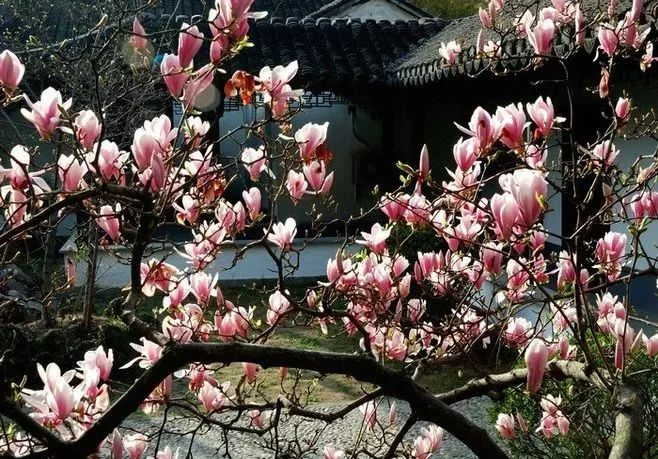
2
Optimizing community structure
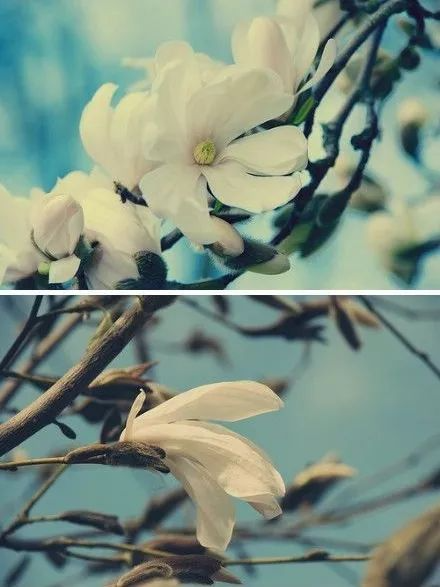
3
People-oriented
People-oriented, keep the existing tree species as much as is the core of the design, and scientific and reasonable planting is emphasized. People are the main body of the space environment. Plant landscaping takes people's feelings as the starting point of design, pays attention to people's inner experience everywhere, satisfies "human nature return", and creates a pleasant environment, such as communication and recreation.
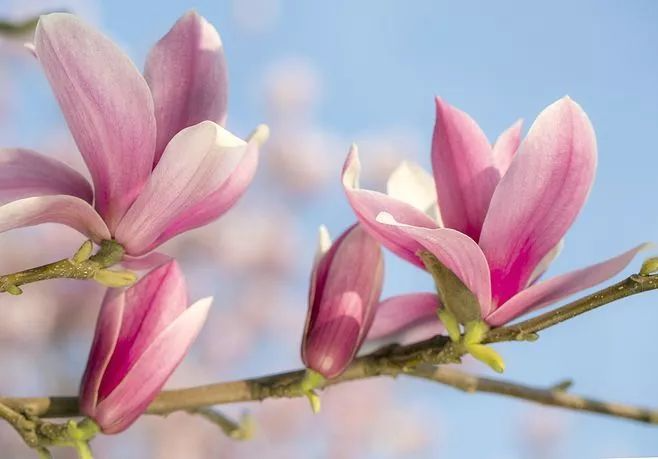
4
Combining short-term and long-term
Combining short-term and long-term, adhering to the concept of economic and sustainable development, plant landscape combines short-term and long-term, considering the time required to achieve a specific landscape effect. Sustainable development of plant landscape takes into account the future development of plants, sustainability adapts to future changes, is flexible, and can effectively maintain harmony between humans and the natural environment.
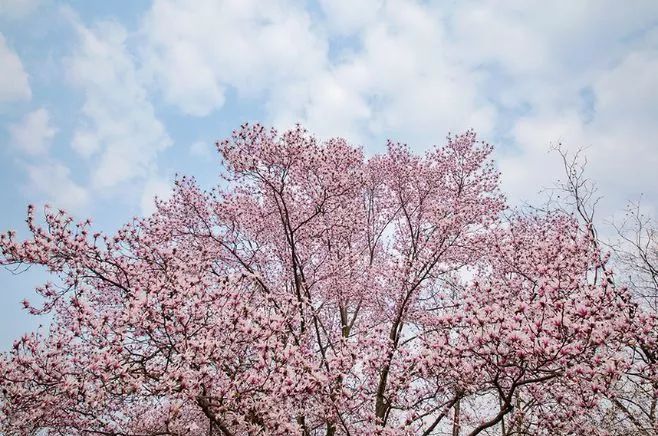
5
Corresponding theme, analogy and association
Corresponding to the theme, analogy and association, purifying the soul The theme, through the technique of plant symbolism (people's associative consciousness), plays a role in cultivating temperament and supporting the entire park. The "theme" gives the plant landscape a friendly and pleasant appeal, which is entertaining and has a humanistic charm. Magnolia symbolizes tenacity, nobility, and pure white qualities, magnolia symbolizes love, nobility and fragrance, and smiles symbolize implicit and reserved qualities. Bai Juyi, a poet in the Tang Dynasty, praised magnolia in a poem: "It is as greasy as jade fingers painted with vermilion powder, and as shiny as a golden knife cutting purple clouds. From now on, a tree of girl flowers should be added to the spring dream."
